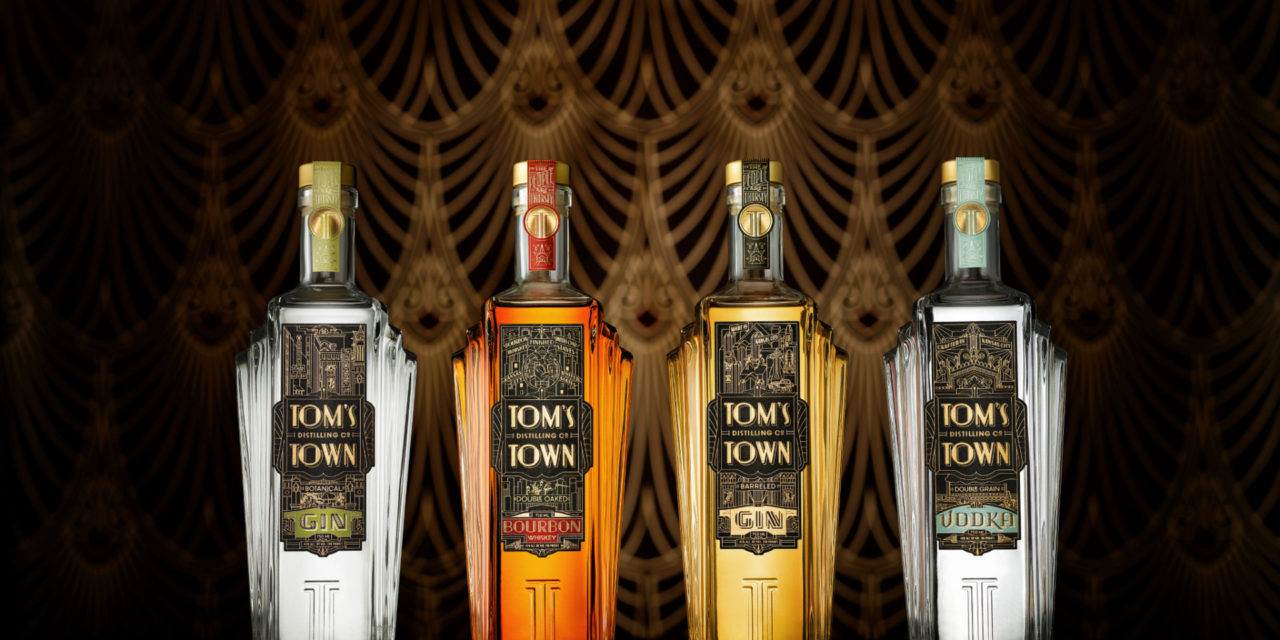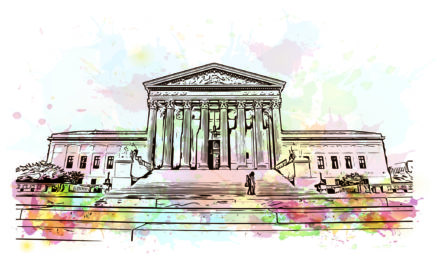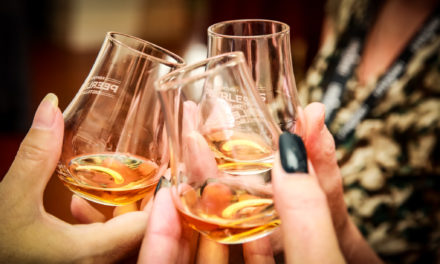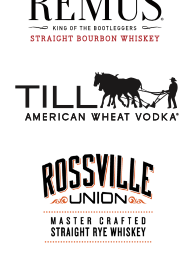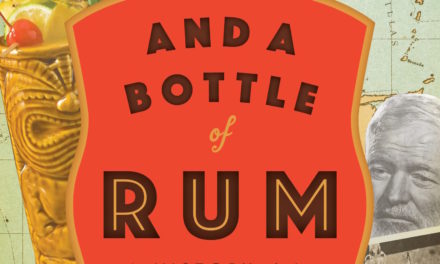The glittering glass is intoxicating in its dazzling variety. Elegant, architectural bottles stretch above stubby vessels that mimic an old-fashioned apothecary, while still others recall familiar shapes or colors.
On a spirits shelf, premium packaging commands center stage. But what compels a brand to choose a custom bottle? It’s often a compulsion to accurately reflect a unique spirit—to tell the unusual story that sets the beverage apart in the market.
The stories of how distillers reach these decisions are as unique as their brands, but the conclusion is the same: Working toward custom packaging is an odyssey fully worth the effort and expense.
Time in a Bottle
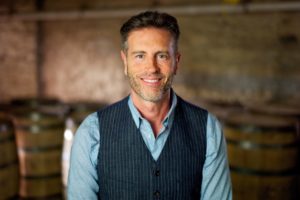
“If you’re saying, ‘This is a premium product,’ why wouldn’t you have a premium bottle to go with it?” —David Epstein, Tom’s Town Distilling
The custom-made bottles for Tom’s Town Distilling Company combine various historic components into a single package that reflects the producer’s heritage, the brand’s story, and the era that inspired the spirits line. Kevin Cantrell, the company’s original label designer, was tasked to include an art deco architectural aesthetic, as well as the company’s tagline, “The People Are Thirsty,” in glass when he was called on to design the brand’s custom bottle.
“We couldn’t be more thrilled,” says David Epstein, co-founder of Tom’s Town, a fifth-generation Kansas City, Mo., resident and the grandson of a bootlegger. “We went through a long, arduous, difficult process” when the company decided to move from an off-the-shelf package to a custom design. “We were naïve in thinking it was going to be an easy process.”
Instead, he says, it took a “trifecta of talent” to shepherd the bottle from Cantrell’s concept to reality. The main challenge was how to convey the story behind the brand—as well as that it’s a premium spirit—through shape and material. The result of their efforts is a bottle that’s “everything we dreamed it to be and more,” Epstein says.
Creating an Iconic Bottle
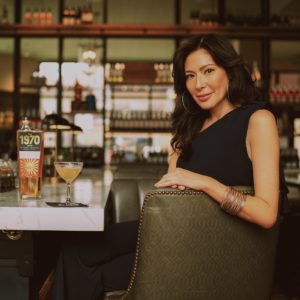
“When I originally decided to develop my own spirit, I knew I wanted the bottle to be proprietary.” —Ikeda Feingold, The 1970
Some distillers know from the outset they’re going to want a custom bottle. “When I originally decided to develop my own spirit, I knew I wanted the bottle to be proprietary. I needed the glass to be on-brand and the design elements to beautifully coexist with the liqueur… it needed to ‘make sense’ and the only way to fully achieve this was to create original, custom glass,” says Ikeda Feingold, founder and chief executive officer, of Georgia-based The 1970. In her market exploration, she found the most iconic spirits were all packaged in custom bottles. She knew she wanted a tall bottle that would demand top shelf placement. For her spirit, a liqueur with a neutral grain spirit from Iowa corn, four-times distilled and based on her Japanese grandmother’s recipe (which originally used shochu as it’s base spirit), she sought a package evocative of the excesses of the disco era to pay homage to the decade it was created. She recreated the recipe using 19 natural botanicals, fruits, and spices that were in the original creation and proofed it at 70—yet another nod to the year it was first made.
Feingold knew she “didn’t want to cut corners from the beginning” or be forced to take a bottle off the market for rebranding or to otherwise fix it. After extensive research, she understood that the bottle-its shape, design, and feel would be as important to the brand as it’s content. Her goal was to make the initial bottle for The 1970 the one and only bottle associated with the spirit.
 Feingold also had specific design ideas, including an off-center neck, which wasn’t available in off-the-shelf galss. “The only glass I could find that was close were perfume bottles. I had done a couple of sketches.” The bottle also needed to be ergonomically balanced to pour well and to fit into a well. Every angle needed to be on brand. It also needed to “feel expensive, but not so heavy that it’s cumbersome.” Attempts to find a manufacturer were fruitless until she eventually contacted TricorBraun for help. “I just really liked working with them.”
Feingold also had specific design ideas, including an off-center neck, which wasn’t available in off-the-shelf galss. “The only glass I could find that was close were perfume bottles. I had done a couple of sketches.” The bottle also needed to be ergonomically balanced to pour well and to fit into a well. Every angle needed to be on brand. It also needed to “feel expensive, but not so heavy that it’s cumbersome.” Attempts to find a manufacturer were fruitless until she eventually contacted TricorBraun for help. “I just really liked working with them.”
TricorBraun acted as a procurer-project manager for all aspects of the bottle and its design. They took it from a napkin sketch to designing the bottle such that it could be produced, finding the factory, and sourcing the label producer. Says Marco Serrano, design development manager for TricorBraun, “The main goal or challenge is taking a brand owner’s vision and transforming it into something that can be manufactured. Ikeda had a specific vision for her brand as well as its bottle and packaging. When she shared her ideas, they were sophisticated and high-end, but not easily manufacturable.
“In this case, Ikeda’s bottle was going to be hand-filled and packed,” he continues. “We do like to build 3D prototypes so our customers can validate that their design will work during the filling, labeling, and other processes.”
Valuable Feedback
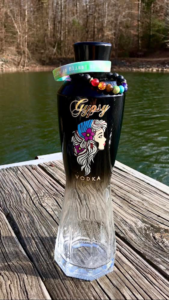
“We knew our bottle would cost a little more money, but we’ve found trusted suppliers and established relationships; we’ve actually gotten our price down tremendously over the years.” —Michael Kazanowski, High Five Spirits
Often, when such help isn’t available, the process is fraught with trial and error. Some distillers thrive on that challenge, including Michigan-based High Five Spirits, makers of Gypsy Vodka. Michael Kazanowski, co-founder and chief executive officer, says the bottle he and his brother originally designed was clumsy; they relied on the kindness of friends (and friends of friends) for feedback.
“We were camping at a music festival in northern Michigan when we gave one of our only samples to a young woman camped next to us,” Kazanowski remembers. “She came back over to our campsite a little later and was like, ‘I don’t mean to sound rude, but your bottle design kind of sucks.’ We were embarrassed, but we also agreed with her.”
By chance, the candid critic was a glass blower who helped refine the design “She changed the shape tremendously while keeping the same vibe,” says Kazanowski. “She added a ruffled bottom part to add more weight and made it shorter and fatter to make it sturdy and easier to pour.”
It took three years to produce the first run of custom Gypsy bottles on limited resources, but the distinctive package is memorable and reflects the brand.
With more premium spirits on the market, such differentiation is essential. A product needs a story with an “element of authenticity,” says Tom’s Town’s Epstein. Authenticity, he says, “is more important than a shiny bottle. Even more important, the juice has to live up to the expectations of an iconic bottle.
“These are special products,” Epstein continues. “You’re planting a flag in the premium market and saying to the world, ‘This is a special and unique product.’ If you only have a beautiful label, you’re not telling the whole story. If you’re saying, ‘This is a premium product,’ why wouldn’t you have a premium bottle to go with it?”
Challenges Distilled
The timeline for a custom bottle will depend on several factors, including the intricacy of the design, source of materials, budgetary concerns, as well as any challenges encountered along the way. These might include needing to make changes in packaging (such as the addition of tamper-evident seals), changes to the filling or packaging lines, or legal issues associated with the United States’ Alcohol and Tobacco Tax and Trade Bureau (TTB) approval process.
The TTB process doesn’t vary based on the bottle shape. “The shape of the bottle is not as important as what’s on the bottle,” says Kazanowski. “We had a little scare with part of our story that said ‘escape life’s distraction,’ which was flagged as a health claim. Luckily, I knew a TTB attorney who was able to help us out.”
Kazanowski strongly suggests smaller distillers learn “what’s acceptable to put on the bottle and what’s not. Even if you have to hire an attorney who specializes in this,” he says, “the money spent will save you in the long run.”
Although cost can be a barrier to custom packaging development and production, even the most frugal of distillers interviewed for this story say the expense is worth every penny. They knew going in that there’s a premium associated with premium packaging.
Actual costs vary widely and “can depend on many different variables, from the size of the container to the type of glass that will be used to create it. Molding costs can also vary depending on the process and amount of tooling needed to achieve the customer’s desired inventory,” says TricorBraun’s Serrano, adding “We work with the customer to determine the right solution for their budget.”
Small modifications throughout the design process, from concept to first mold, are essential to getting the bottle right from the outset, says Feingold. One of the largest expenses was creating the molds for her proprietary design, but she was able to fabricate the exact bottle she envisioned. “I used embossing in the glass, which didn’t add cost to the mold but did add to the [bottle] being specific and branded to The 1970,” she says. “Tricor Braun located a factory in Italy that could handle my project, and an initial first pour of 30,000 units was made.” After the samples arrived Stateside, Feingold could not have been more pleased with the results.
Adds Kazanowski, “We knew our bottle would cost a little more money, but we’ve found trusted suppliers and established relationships; we’ve actually gotten our price down tremendously over the years.”
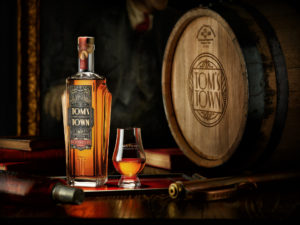 For Tom’s Town, the process involved unifying the story and branding for four different beverages. This included making several molds. In one iteration, the base of the bottle was so heavy, it had to be redesigned. And, recounts Epstein, there was no way to know this until the bottle was poured in glass. He describes the process as “swallowing a lot of tough medicines,” but also calls the end result “a home run.”
For Tom’s Town, the process involved unifying the story and branding for four different beverages. This included making several molds. In one iteration, the base of the bottle was so heavy, it had to be redesigned. And, recounts Epstein, there was no way to know this until the bottle was poured in glass. He describes the process as “swallowing a lot of tough medicines,” but also calls the end result “a home run.”
Get to the Top Shelf
Knowing your customer is essential to getting your product into their hands, bartenders and bar managers often have more decision-making power than a bar owner. In some instances, a distributor may be your brand’s end customer. At retail, says Epstein, having a custom bottle is essential. Premium spirits are considered an affordable luxury and a unique bottle tells the world who the consumer is.
Feingold is using The 1970’s singular bottle to connect the dots between distributors and customers as it expands beyond Georgia. “The juice inside and the packaging are intrinsically connected,” she says. “I’m not sure you can separate the two. The presentation is really, really important to the health of the company and growing the brand.”
Some distillers shoot for top shelf status from their project’s inception. Others, like the High Five Spirits team, are happy to “let it all fall into place organically. We were lucky to have met some of the coolest, most supportive people along our journey,” says Kazanowski. “They not only shaped our life, but also our brand.” Gypsy was recognized with an award for packaging at the 2019 Pr%f Awards.
Ultimately, success is achieved not when a spirit reaches the top shelf, but when a bartender or consumer reaches for that specific bottle to create a drink that’s enjoyed.

